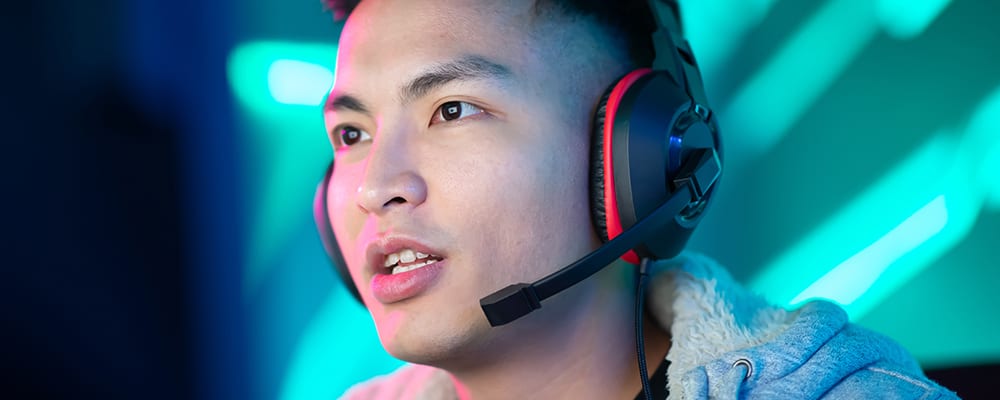
Recordings made with sidetone make it nearly impossible to hear if there's bleed in another participant's recording, as you'll hear your voice in your ears, regardless of whether their speakers are bleeding into their microphone input. When recording your podcast, it's very important to avoid bleed – which we've talked about in-depth above. Some recording software calls this feature "monitoring".


When you hear your own voice on a phone call, that's called sidetone – it can be helpful on the phone to moderate the volume of your own voice. We evaluated the use of this in Cast, but found that it had a detrimental effect on call latency and call quality.

Software that is made solely for voice calls often includes feedback suppression logic to try to tamp down any feedback before it occurs, as many users use the software without headphones. Why Don't I Hear Feedback With a Service Like Skype When I Don't Use Headphones? Bleed is a recording that has been compressed for your voice call, then played out a speaker, then recorded again, and will be significantly lower quality than the speaker's original source recording.When you listen back, this will sound like a person speaking with an echo – that echo is their bleed recording. Bleed will be delayed by some value, as its audio that has travelled over the internet before being recorded, meaning you'll end up with two recordings of one participant, each slightly out of sync.You want to avoid bleed for a few reasons: When one participant in a podcast doesn't wear headphones, their microphone will pick up their voice, as well as the voices of all other participants coming out of their speakers. What is Bleed?īleed occurs when the audio from one participant's track is also recorded in another participant's track. If you're hearing feedback while recording your podcast, one or more participants in your podcast aren't wearing headphones.

Ensuring that all of your podcast participants are wearing headphones (so everybody's computer audio comes out of their headphones instead of their speakers) is a surefire way to prevent feedback. What is Feedback?įeedback occurs when your microphone picks up a sound from your speakers, which then creates a louder sound out of the speakers, which the microphone then picks up, and onwards in a loop until you hear a loud squealing noise. Headphones prevent issues with audio feedback and bleed (which we'll outline below), and will result in a better-sounding final product. If you're recording your podcast with other participants, we'd highly advise recording your podcast with headphones on, and ensuring that your other recording participants do the same (we believe in this strongly enough that we make a point of reminding everybody at the start of a recording session that it's Headphone Time). Headphones, Feedback, and Bleed Do I Need to Use Headphones when Podcasting?


 0 kommentar(er)
0 kommentar(er)
